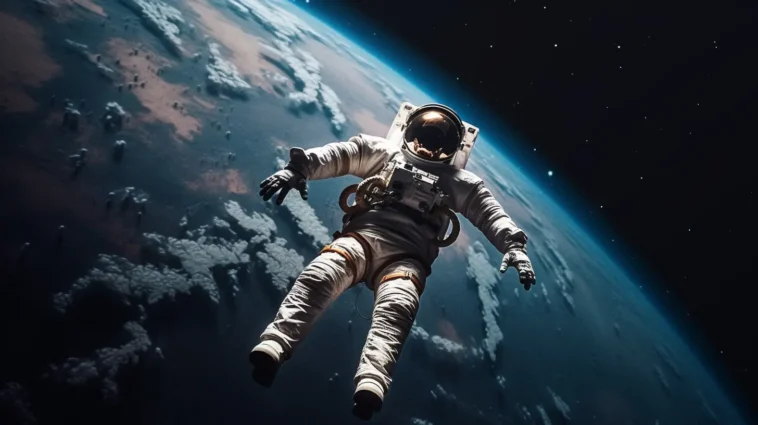As humanity is about to enter a new stage of space exploration by building a permanent base on the Moon and, sometime later, maybe even on Mars, one cannot but wonder — how thorny was our path to the stars?
Today, anyone (with a few hundred thousand dollars to spare) can book a flight on a private rocket and enjoy the view of our planet from above. But early explorers always face greater dangers. So, have any astronauts been lost in space?
No one was lost or unaccounted for, but there are at least 18 astronauts who died in space missions. Why, at least? It all depends on how you count — so far, 4 Soviet cosmonauts and 14 NASA astronauts died in a total of 4 missions, two of which were shuttle disasters.
But astronauts have also died during launch preparation, during testing and fine-tuning the equipment — two fires in training chambers claimed the lives of four more people before their mission started.
Pilots testing experimental suborbital vehicles have also died twice — in 1967 and 2014. All of these people contributed to the technological achievements we take for granted now, and the least we can do is honor their sacrifices.
Below are the unfortunate stories of astronauts lost in space forever so that we could go on exploring it.
Testing the Tech ─ First Death During Mission Preparation
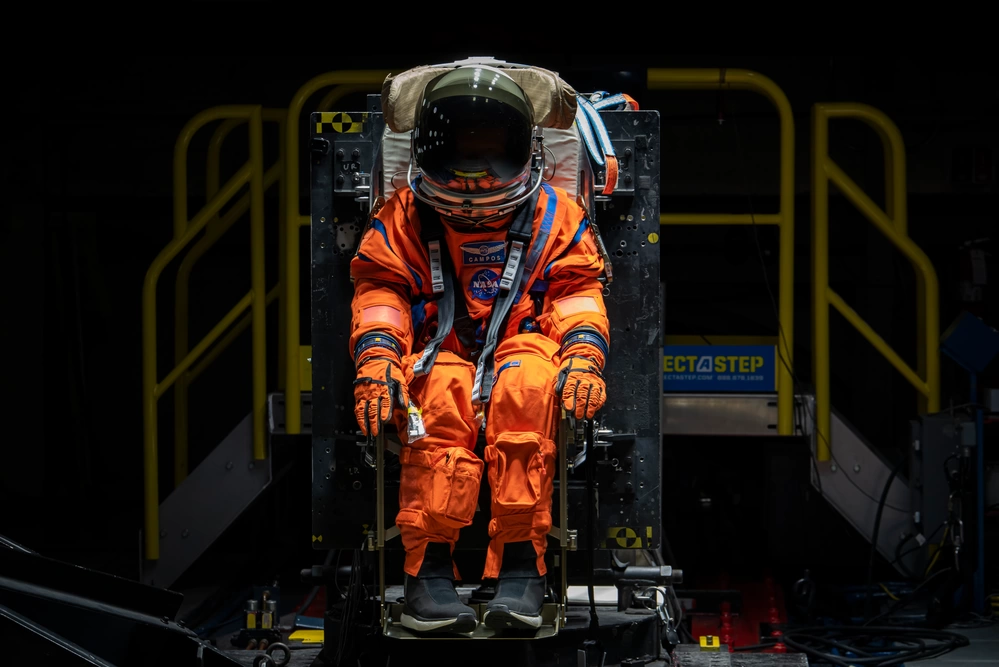
The first death in a training chamber is barely ever covered in media. It happened on March 23, 1961, when a Soviet cosmonaut, Valentin Bondarenko, was finishing up his ten-day isolation test.
After removing his medial sensors, the cosmonaut wiped his skin with a cotton swab dipped in alcohol. When Bondarenko threw it away, the swab landed on the stove and caught fire, which took mere seconds to spread in an oxygen-filled chamber. The cosmonaut died from severe burns.
It may seem that this accident happened due to human error alone, but the Apollo 1 fire on January 27, 1967, had similar consequences and similar aftermath. The early astronaut chambers were filled with pure oxygen instead of the oxygen-nitrogen mix we breathe on Earth, and oxygen is a way more flammable environment.
So, when a faulty electric plug gave a spark at Kennedy Space Center, the fire spread as quickly, killing three NASA astronauts within 14 seconds. Among other reasons, a complex hatch design prevented Virgil (Gus) Grissom, Edward White, and Roger Chaffee from opening it in time — the crew simply did not have enough time to get out.
This accident caused major public outrage and almost ended the Apollo program. Fortunately, the engineers came through by replacing all flammable materials, improving the hatch design to ensure quick opening, and filling the chambers with a 60/40 oxygen-nitrogen mix.
How Many Astronauts Have Died in Space Missions?
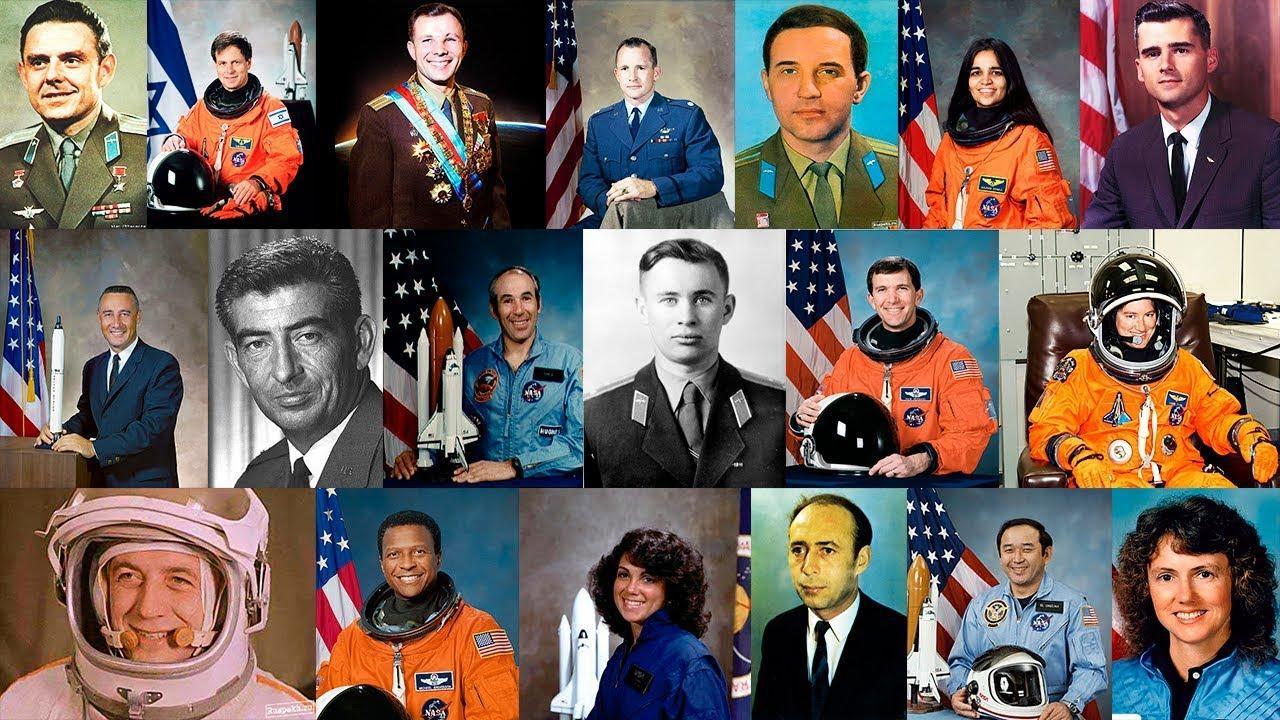
A total of four missions proved deadly to the astronauts. Even before horrific shuttle crashes, four Soviet cosmonauts died on Soyuz 1 and Soyuz 11 flights. Soyuz 1 had the only casualty, Vladimir Komarov, the first person to die on an exploration mission, or more specifically, when returning from it.
On April 23, 1967, when returning from orbit, the landing module parachute system malfunctioned, and the capsule crashed to the ground, instantly killing Komarov. It became clear that a more secure system was necessary.
The Soyuz 11 tragedy occurred on June 30, 1971, and also upon return. This time, the landing system worked perfectly, but the module got depressurized during atmosphere re-entry. To this date, cosmonauts aboard the Soyuz 11 vehicle — Georgy Dobrovolsky, Vladislav Volkov, and Viktor Patsaev — are the only people who died 105 km above the ground, beyond the Karman line, which is an officially recognized border of space.
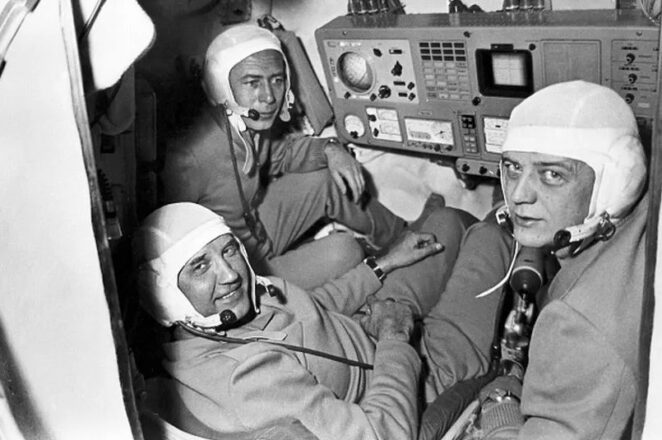
So, what happens if someone dies in space? After an air leak depressurized Soyuz 11, all the breathable air from the capsule got sucked out, and the crew suffocated. But before that, the pressure disparity caused severe pain, bursting the cosmonauts’ blood vessels and eardrums.
At the time, Soviet cosmonauts did not necessarily have to wear spacesuits at all times — something that changed for good after the accident. Originally, the USSR was fixed on securing the spacecraft, which, they believed, made suits unnecessary. They were wrong.
Today, the Soyuz 11 crew are the only and the most famous astronauts who died in space, quite literally out there. And, while the perished astronauts were not buried in space (the module with the crew landed on the ground), they are forever commemorated on a lunar plaque placed as a courtesy by the Apollo 15 astronauts.
NASA Shuttle Crashe ─ Worst Disasters in Space History
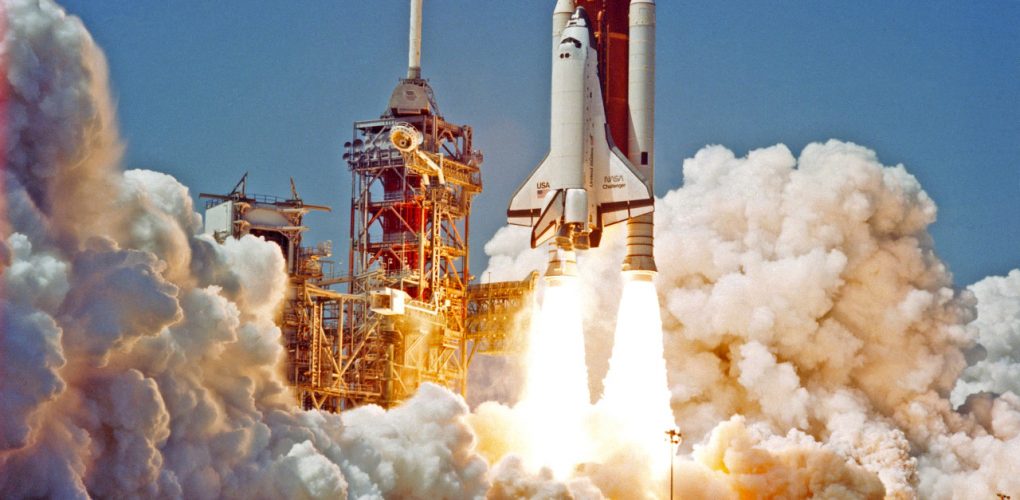
After these initial tragedies, explorers enjoyed a decade of relative stability — all systems seemed to be polished up and running. That is until NASA’s Shuttle Era caused some of the worst and casualty-richest disasters so far.
Shuttle Challenger broke apart in the air on January 28, 1986, killing seven people aboard:
- Gregory Jarvis
- Ronald McNair
- Christa McAuliffe
- Allison Onizuka
- Judith Reznik
- Francis Scobie
- Michael Smith
The disaster occurred 73 seconds after the launch and was witnessed by millions of people, children included, on live TV.
Shuttle Columbia fell apart on February 1, 2003, but this time, it was on the descent. Still, no one from the crew survived, and the tragedy that occurred an estimated 16 minutes before the supposed landing claimed the lives of:
- Michael Anderson
- David Brown
- William McCool
- Kalpana Chawla
- Laurel Blair Salton Clark
- Ilan Ramon
- Rick Douglas Husband
The Columbia shuttle disaster marked the end of the shuttle era. Officially, the programme was discontinued seven years later, in 2011; still, all flights have been paused, and no other shuttle went on a mission after Columbia.
While the list of astronauts who died in space is not very long, it does not make these losses any less tragic. The only small consolation is that each of the astronauts who died on a mission has made future spaceflights a little safer for us. So, let’s try to live up — quite literally — to their legacy as we venture on new exploration missions!



